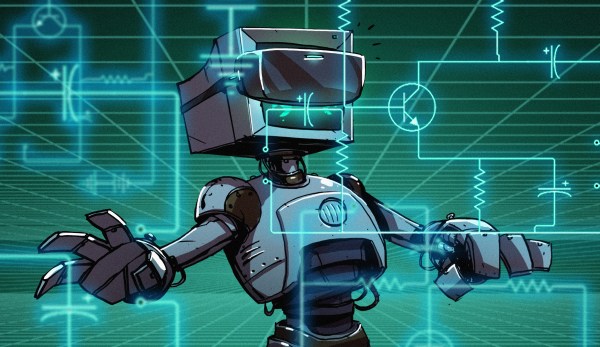Good news, procrastinators! Today was going to be the last day to throw your hat in the ring for a slot to talk at Supercon in November, but we’re extending the deadline one more week, until July 10th. We have an almost full schedule, but we’re still missing your talk.
So if the thought of having missed the deadline fills you with regret, here’s your second chance. We have spots for both 40-minute and 20-minute talks still open. We love to have a mix of newcomers as well as longtime Hackaday friends, so don’t be shy.
Supercon is a super fun time, and the crowd is full of energy and excitement for projects of all kinds. There is no better audience to present your feats of hardware derring-do, stories of reverse engineering, or other plans for world domination. Where else will you find such a density of like-minded hackers?
Don’t delay, get your talk proposal in today.

















